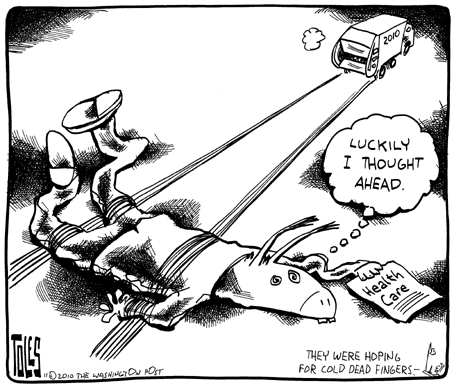Mitchell Stephens wrote in his book ‘A History of News,’ that “Murders and their victims surrender all rights to privacy,” he goes on to quote John McEnroe a former tennis star that claimed that, “Being a celebrity is like I am being raped.” If murders and victims surrender all their rights to privacy and being a celebrity is like being “raped” (because you surrender just about all your privacy), where does the First Amendment come into play?
What about defamatory remarks?
 Where does what Stephens’ call “sensationalism” become a violation of someone else’s right to privacy? Their right to a reputation?
Where does what Stephens’ call “sensationalism” become a violation of someone else’s right to privacy? Their right to a reputation?
Where the First Amendment gives us the freedom of speech, it does not allow you to publically “rape” every celebrity; exploit every rape victim, murder victim or criminal. Were some might think, “oh it’s the truth, of course we can report that Mr. Smith murdered his wife because she had an affair with neighbor,” or that “Mrs. Smith is clinically insane and suffers from depression,” is truth and fair game to publish – these statements are considered to be highly offensive and fall under Invasion of Privacy Torts.
Invasion of Privacy Torts makes the line of “too much to publish” and “just the right amount” a thin and blurred one. To bring a case against a publication on must prove that (1) it was a wide spread publication (2) about them (3) regarding private information (4) that would be considered highly offensive to a reasonable person and (5) is not newsworthy.
So how does the National Enquirer get away with printing all that they do? How does People Magazine get away with publishing the most embarrassing celebrity crotch shots?
They get celebrities on the “private information” part of the defense. When you were getting out of your car on Hollywood Ave. and your underwear were showing because your skirt road up the wrong way and their camera guy snapped a shot, well I am sorry, but you were in a public place making the photo public information.
That really makes you think about what you do in public, everything you do or say in public is fair game to be published later – just something to keep in mind.
Public records, public information and public figures (most times) are also all not considered private; so if the government or everyone else knows, you can assume it is fair game as well.
The highly offensive is slightly more obvious, and a long list including, but not limited to:
-Mental/Emotional conditions, including grief
-Physical Health/ Mental Records
-Love/Sexual Relations, including sexual orientation
-Decisions regarding procreation/abortion
-Family Relationships
-Personal financial matters
To be classified as “newsworthy” the publication would have to show that the information has a societal value, that the facts are crucial to the story and NOT for sensationalism, as well as show the extent that the person themselves brought on the coverage of the news.
But if it happened in public or is newsworthy, sometimes even the highly offensive can be published…
So maybe McEnroe was right, maybe being a celebrity is like being “raped,” but Stephens’ still cut a little close to the edge in claiming that victims of crime and the criminals themselves would abandon all rights to privacy. It is something, however, to keep in mind when partaking in life or covering a story.





 Where does what
Where does what 
 Reporting has come a long way since America and England were connected by a telegraph cable. Before that time, newspaper publishers had to wait for the mail to arrive with the news. Often, they would print stories that were little more than idle gossip. Unfortunately, some of those stories were false resulting in a public that did not trust what they read in the newspapers.
Reporting has come a long way since America and England were connected by a telegraph cable. Before that time, newspaper publishers had to wait for the mail to arrive with the news. Often, they would print stories that were little more than idle gossip. Unfortunately, some of those stories were false resulting in a public that did not trust what they read in the newspapers.






